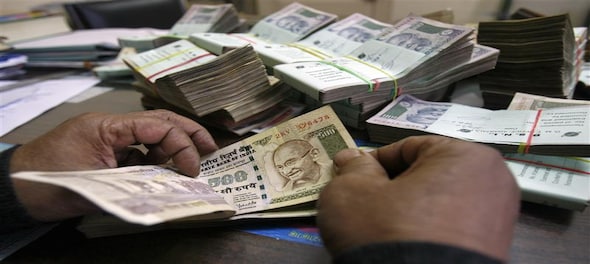
There are several external factors that affect forex currency trading, including trade reports, political developments, GDP, unemployment and international trade. As these factors are continually changing, currencies fluctuate with them. Let us take a close look at some of the recent developments across the globe that will have an impact on the forex market.
Turkey sanctions
Turkey is hitting the headlines again for its onslaught on Kurds, with the US pulling out from Syria. US President Donald Trump authorised sanctions on Turkey’s leaders, reimposed 50 percent steel tariffs and ended talks on a $100-billion trade deal, seeking to punish the historic ally for its deadly offensive into Syria. Trump announced the measures as he came under intense pressure at home for appearing to at first give the green light to Turkish President Recep Tayyip Erdogan, who is seeking to crush US-backed Kurdish fighters in war-ravaged Syria.
Trump also threatened to further take actions against Turkish economy, if the leaders continue to be on the wrong side. Turkish lira (TRY) hit a seven-week low, trading around 5.9240 against US dollar.
Another crucial development is the US president’s announcement of a ‘substantial phase one’ trade deal with Beijing. The trade dispute between the US and China has gone on for more than a year, and Trump’s statement came after their 13th round of talks last week.
Taking into account the US-China trade war, the announcement can be termed as one-sided as China has not issued any official statement with respect to Trump self-proclaimed victory in 'phase one' of negotiations and as a goodwill gesture, deferring the October 15 deadline. It looks like 2020 elections remain somewhere on the US president’s mind.
US-China trade talks
On October 14, there were reports that China wanted further talks to hammer out details of the 'phase one' trade deal before getting Xi Jinping to sign it. Another high-level meeting is expected by the end of October, and in the meantime, developments on this front cannot be ignored. Offshore yuan shot up to around 7.08 levels which put pressure on rupee as well. Indian rupee erased all its morning gains and ended at 71.23 per dollar.
Incidentally, though it is not much talked about, one cannot ignore that the Reserve Bank of India is mopping up dollars. In the last two weeks, the RBI has bought dollars to the tune of $9 billion. This also suggests that the Indian central bank doesn't seem to be comfortable with major rupee appreciation and would also like to keep volatility under check.
Sterling remained extremely choppy on October 14, and we continue to see a lot of back-and-forth movement when it comes to risk aversion. Time is less and more work needs to be done. All eyes are on the EU summit, which will take place on October 17-18.
It is pertinent to consider the US and Turkey developments and the never-ending US-China trade talks against the backdrop of ongoing protests in Hong Kong, hardening of overnight rates in the US and the Brexit-related developments.
Positionally, USD-INR is expected to trade in the range of 70.60 to 71.80 levels with continued upward bias.
Kunal Sodhani is a forex strategist.
First Published: Oct 15, 2019 3:02 PM IST
Check out our in-depth Market Coverage, Business News & get real-time Stock Market Updates on CNBC-TV18. Also, Watch our channels CNBC-TV18, CNBC Awaaz and CNBC Bajar Live on-the-go!


Punjab Lok Sabha elections: Check full list of AAP candidates and constituencies
May 18, 2024 12:59 PM
PM Modi, Rahul Gandhi election rallies in Delhi today: Here are the routes to avoid
May 18, 2024 11:28 AM

